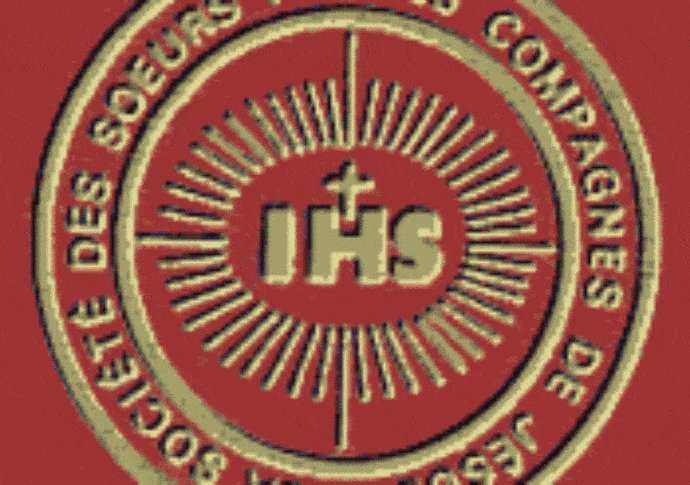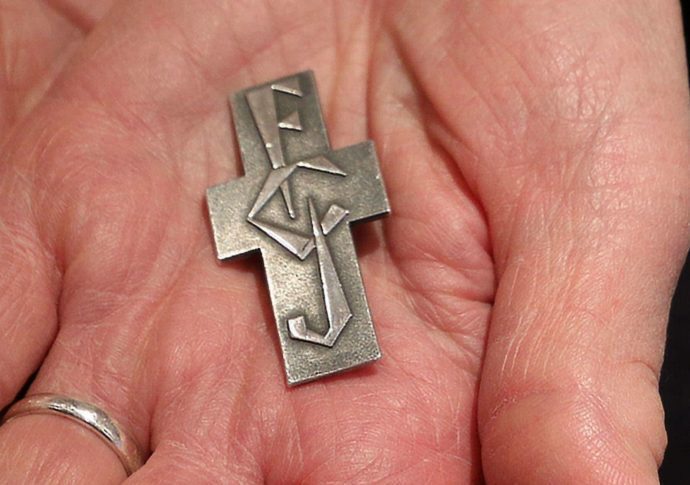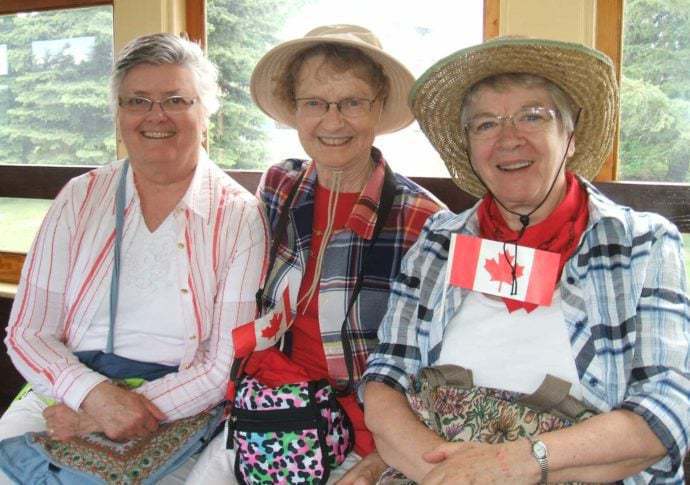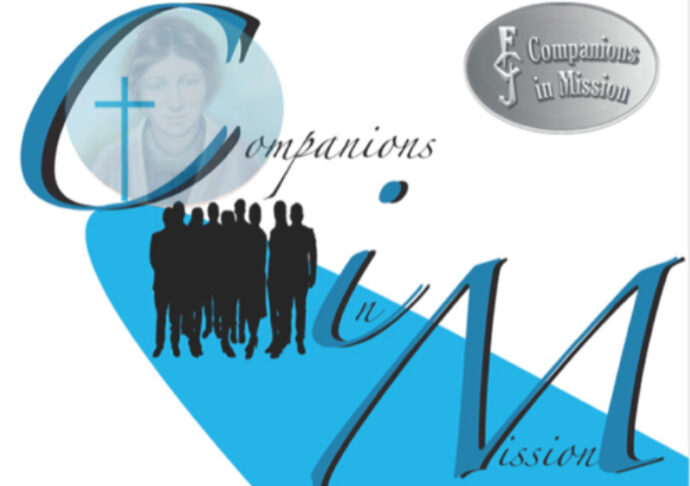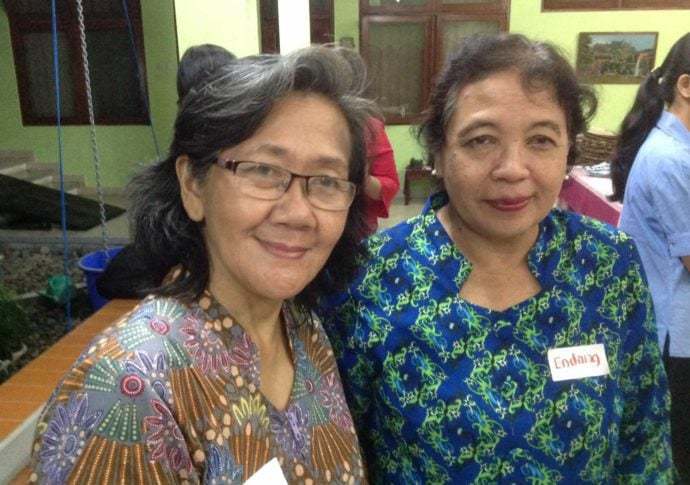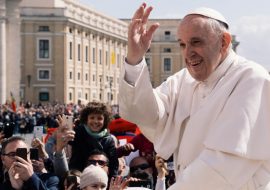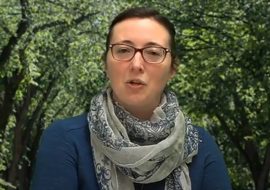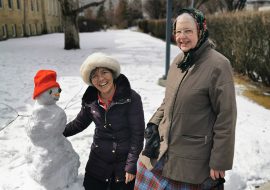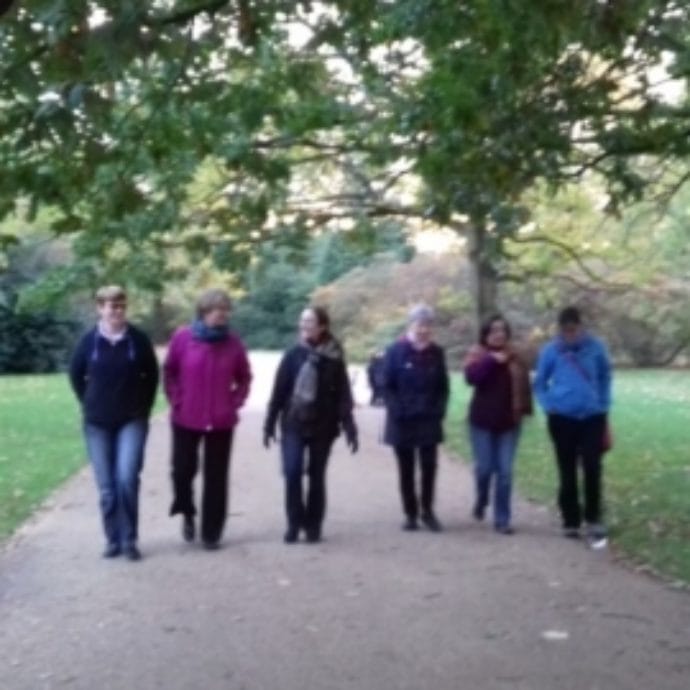By Madeleine, fcJ
In the 2018-2019 school year, I have been involved in a lovely project with one of the local Catholic Junior High Schools. The principal had asked me if I would meet with her teachers and help them become more comfortable with integrating Catholicism into their teaching. At the secondary level in the Calgary Catholic Schools, all too many teachers have the belief that all faith-formation is done by those who actually teach religion. Some in the Catholic faith community here in Calgary accuse the Catholic schools of “not being Catholic enough”. In my own work in the schools, I have not found a lock of faith in the teachers—but I have found a lot of discomfort in personal faith sharing, in feeling at ease teaching Catholic content (particularly at the elementary level, where the teachers teach all subject areas), and in self-confidence when it comes to answering children’s questions about topics where there is a big gap between what the Church teaches and what secular culture promotes. So the challenge for me was to try and help the teachers to a new understanding of their role in the faith formation of the students at their school.
Generally, I meet monthly with small groups, 8-12 teachers, in stable clusters of subject areas. The principal had given each teacher a beautifully bound journal and access to loads of art materials: markers and stickers and stamps, etc. The teachers regularly journal at staff meetings and whenever they care to record something significant in their professional lives and they seem to quite enjoy the experience.
At our first meeting, I asked the teachers to reflect on what had drawn them to teaching what they teach and what they especially like about teaching the subject (as opposed to liking the subject itself). The sharing of these reflections was a joy; people who had never really talked to each other were so happy to learn about their colleagues.
In the second meeting we reflected on how the knowledge and skill of what they teach contributes to the students’ wholeness as well as how aspects of human brokenness play out in their subject area.
Teachers learned that they were all mostly dealing with the same aspects of brokenness, and they really enjoy sharing favorite techniques for working with particular occurrences of brokenness. In the third session, we focused on how each subject teaches us about who God is and who we are.
For the next month, I printed out Catholic Standards for education produced by the Newman Society which posit ways to “promote and defend faithful Catholic education”. I asked each teacher to read the standards and “ find the ones that they are already teaching, at least implicitly.
Our work going forward will focus on sharing strategies for making explicit in their teaching what is implicit in their own faith life. I will encourage them to make connections with faith any time they possibly can, given the curricula with which they are working.
These meeting have been a very positive experience for all of us. I do not have any data about actual classroom changes as yet, but the teachers’ enthusiasm for our sessions, as reported by the principal, and their gratitude for my companionship give me reason to hope. Spending so much time in a Junior High School has broadened my own confidence about working with secondary teachers, if not with secondary students!
On November 1st Sr Madeleine was awarded a Shepherd Leadership award from the Catholic Calgary School District (Alberta, Canada).



